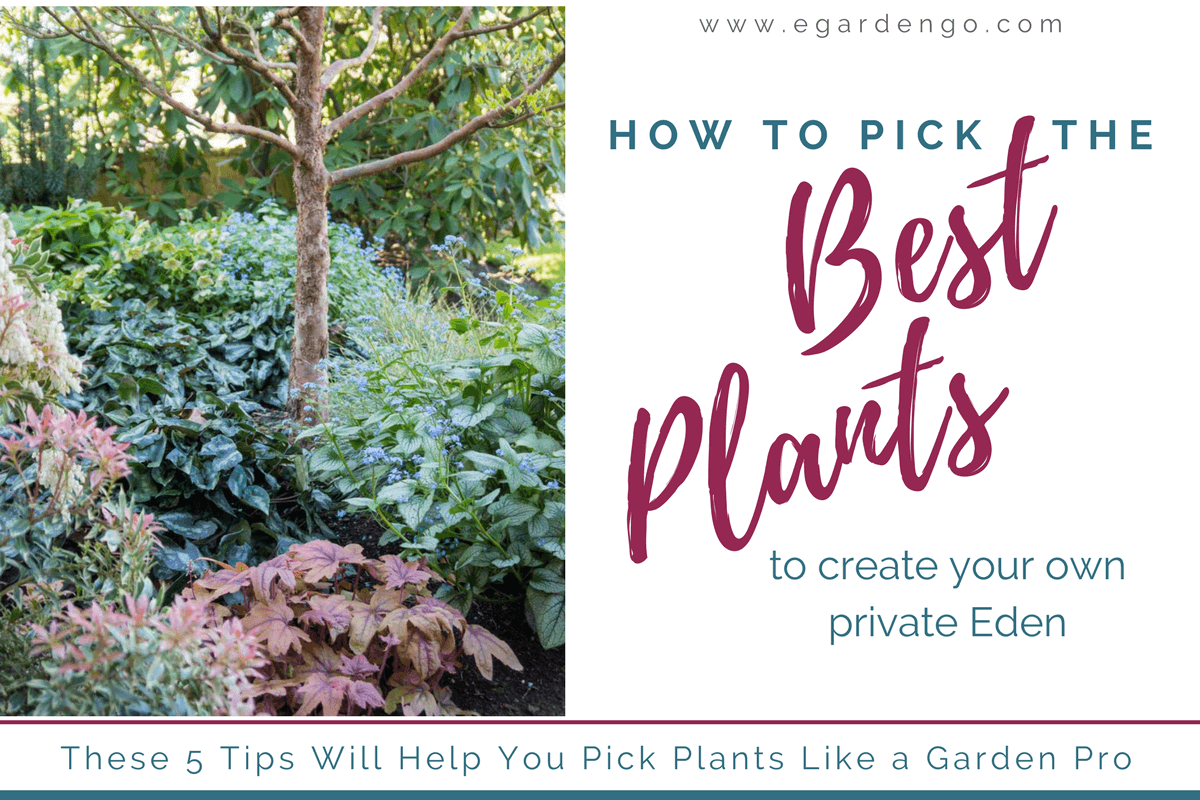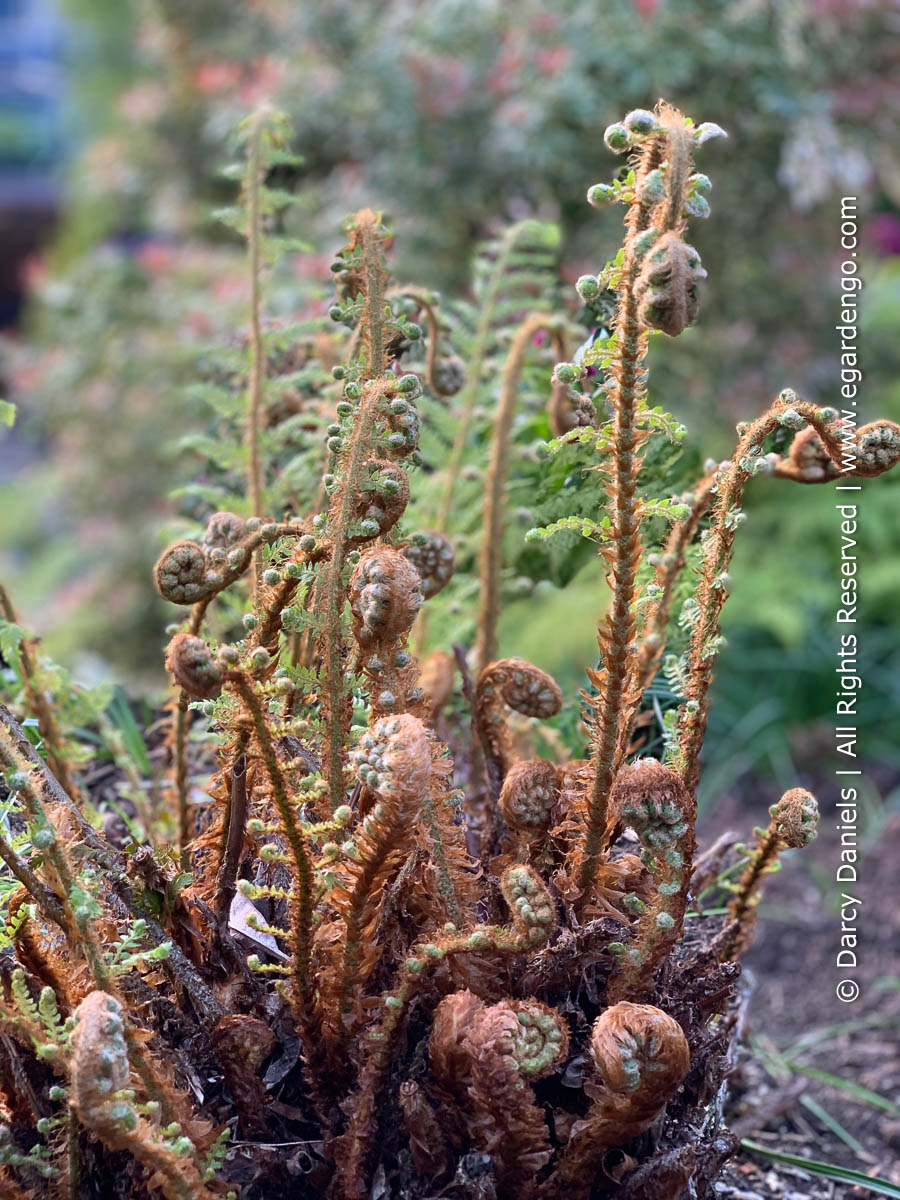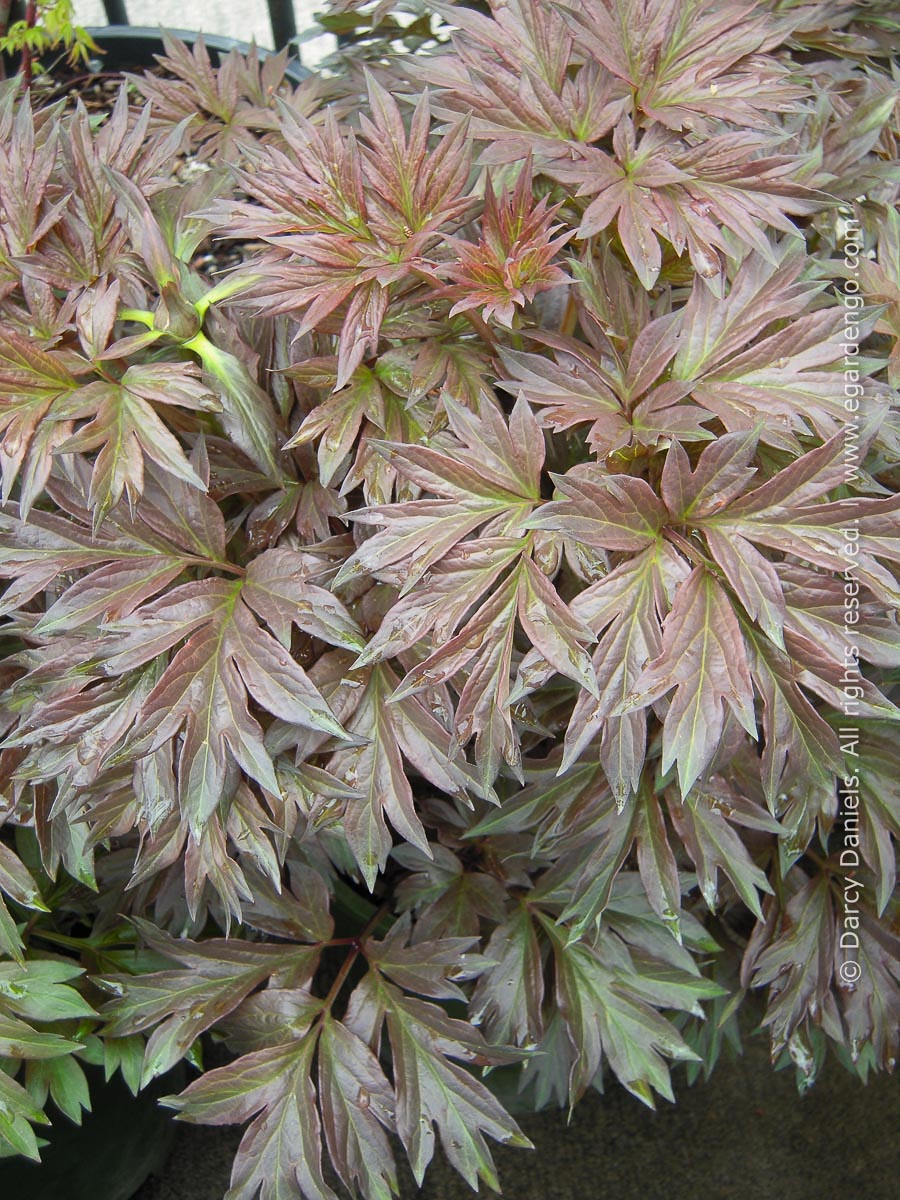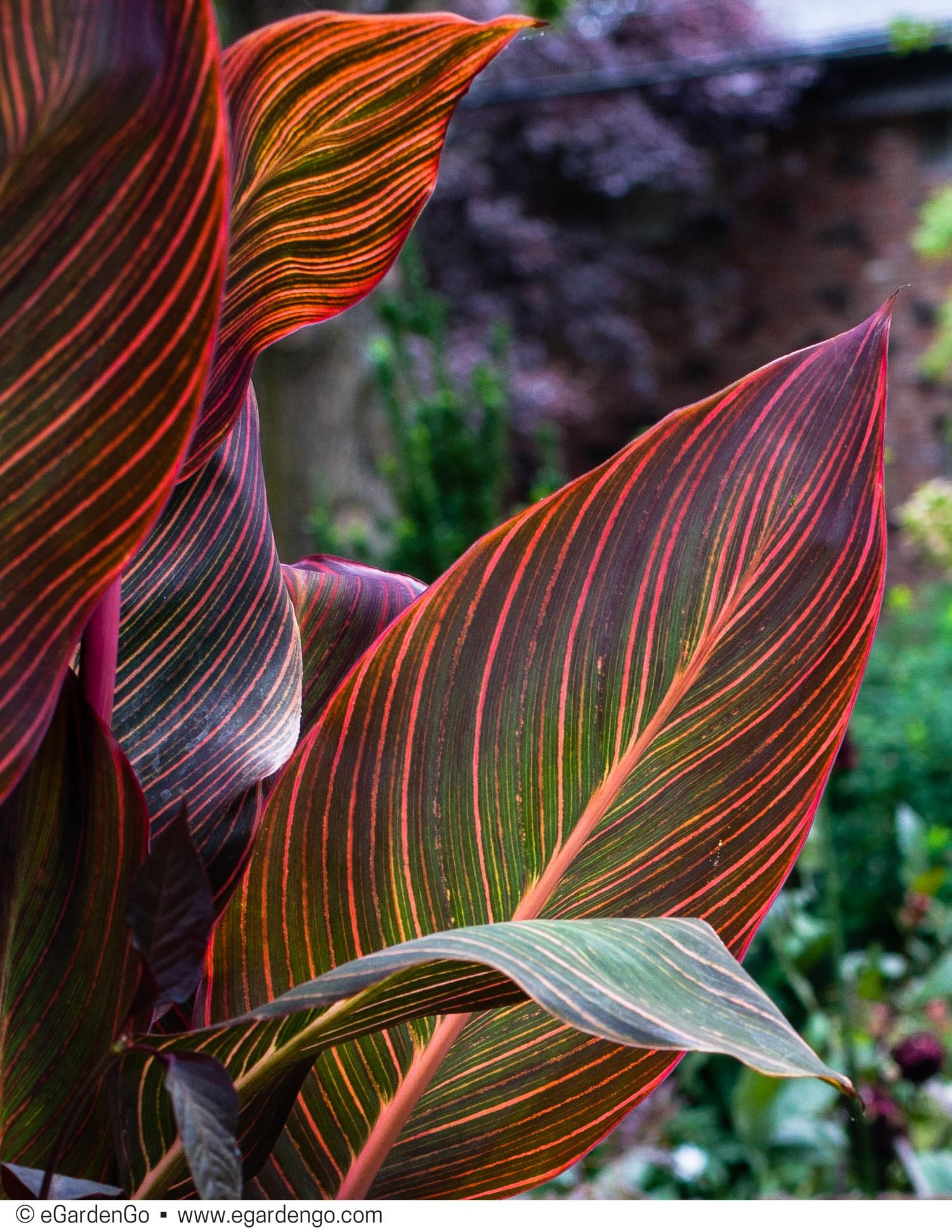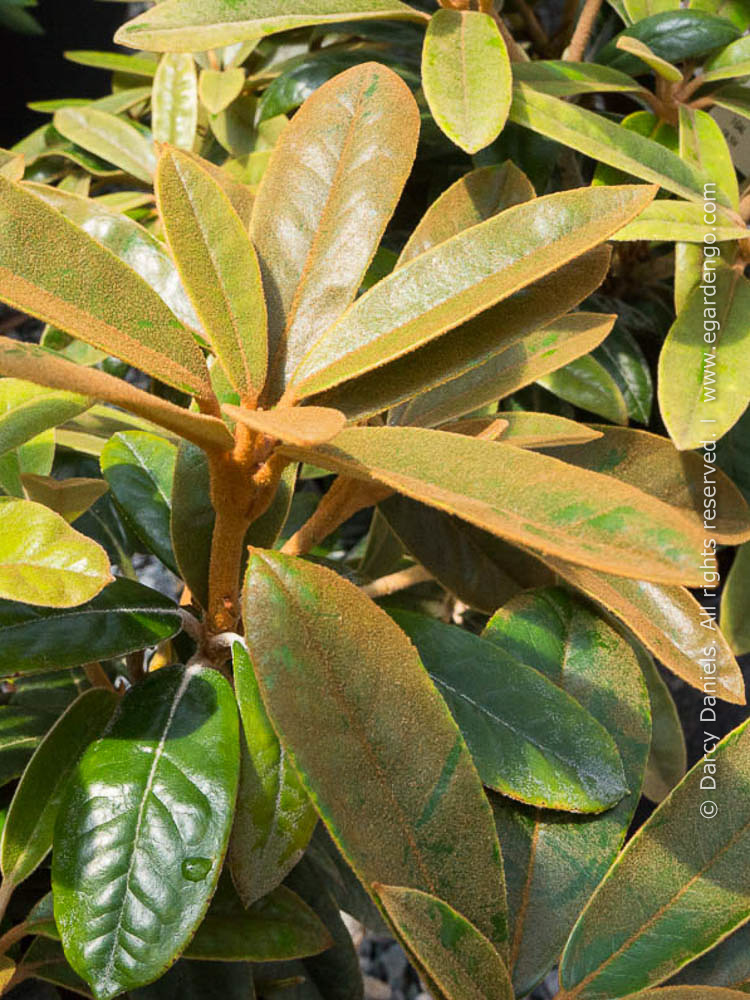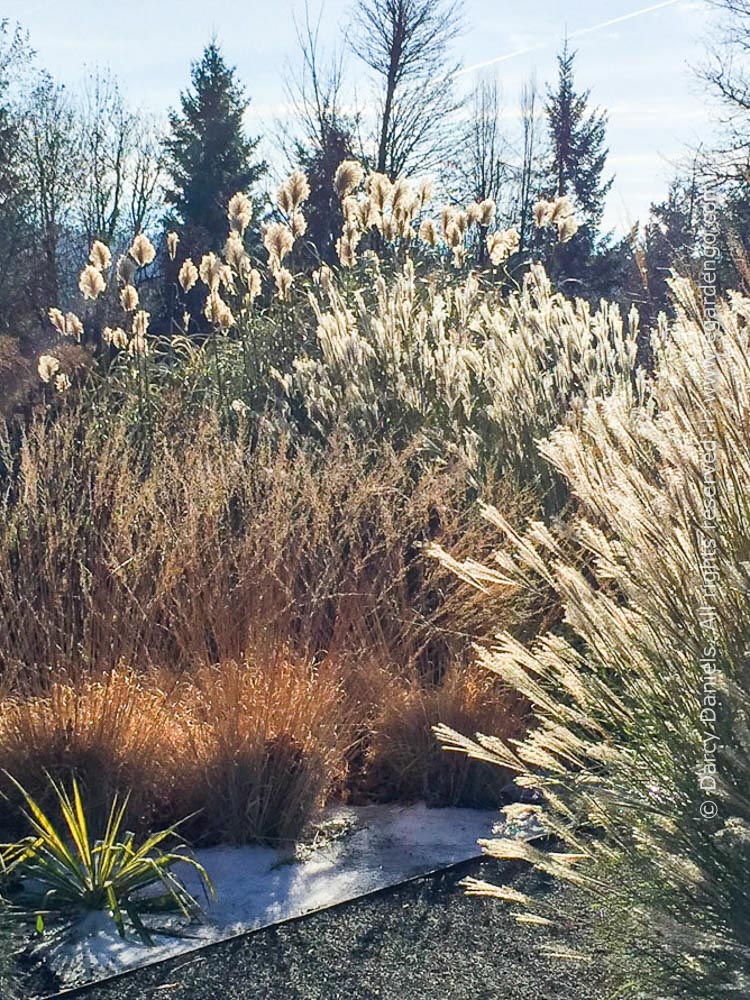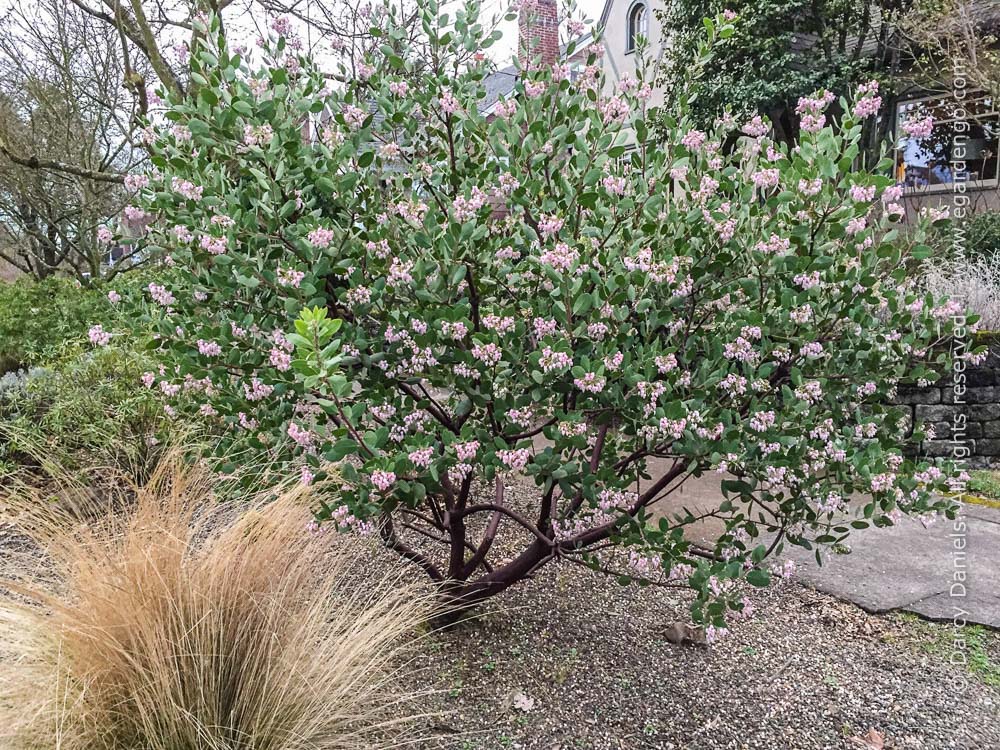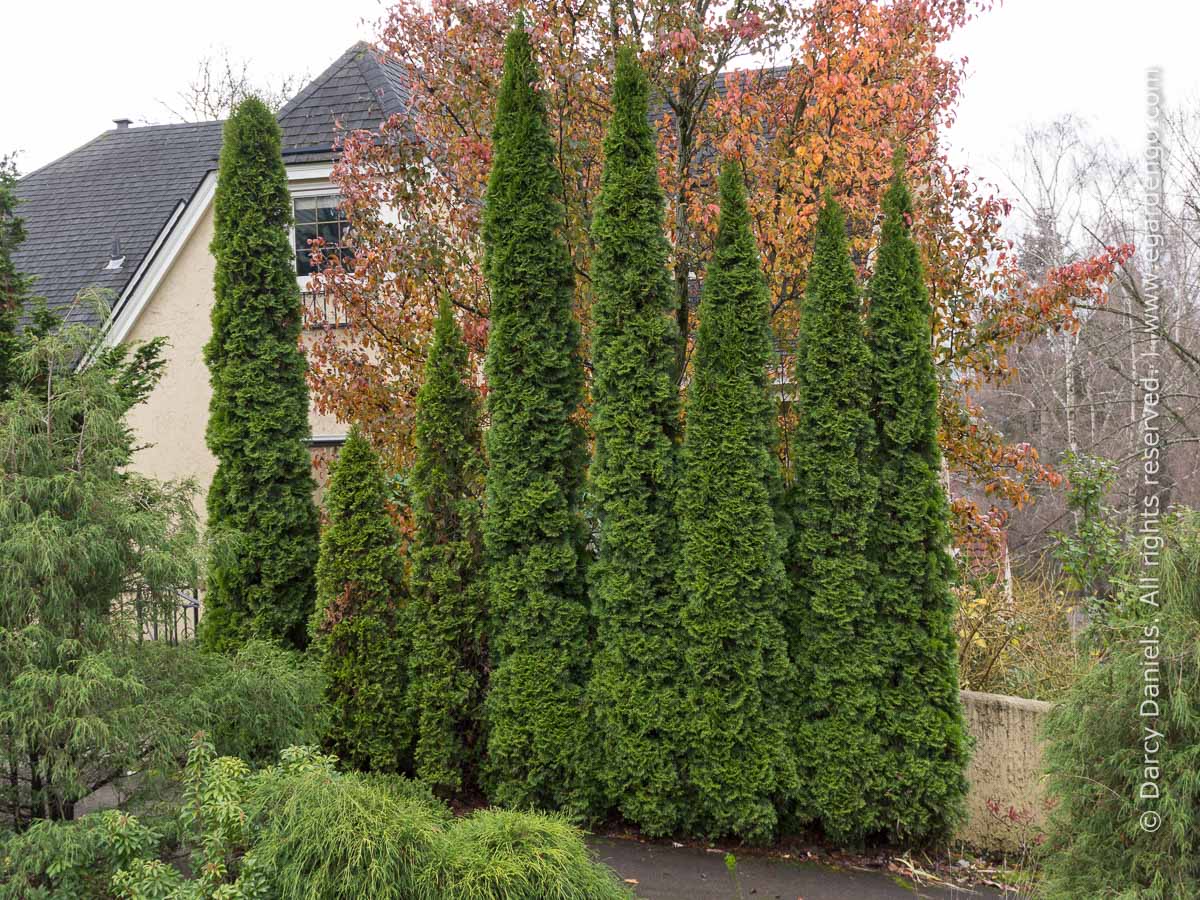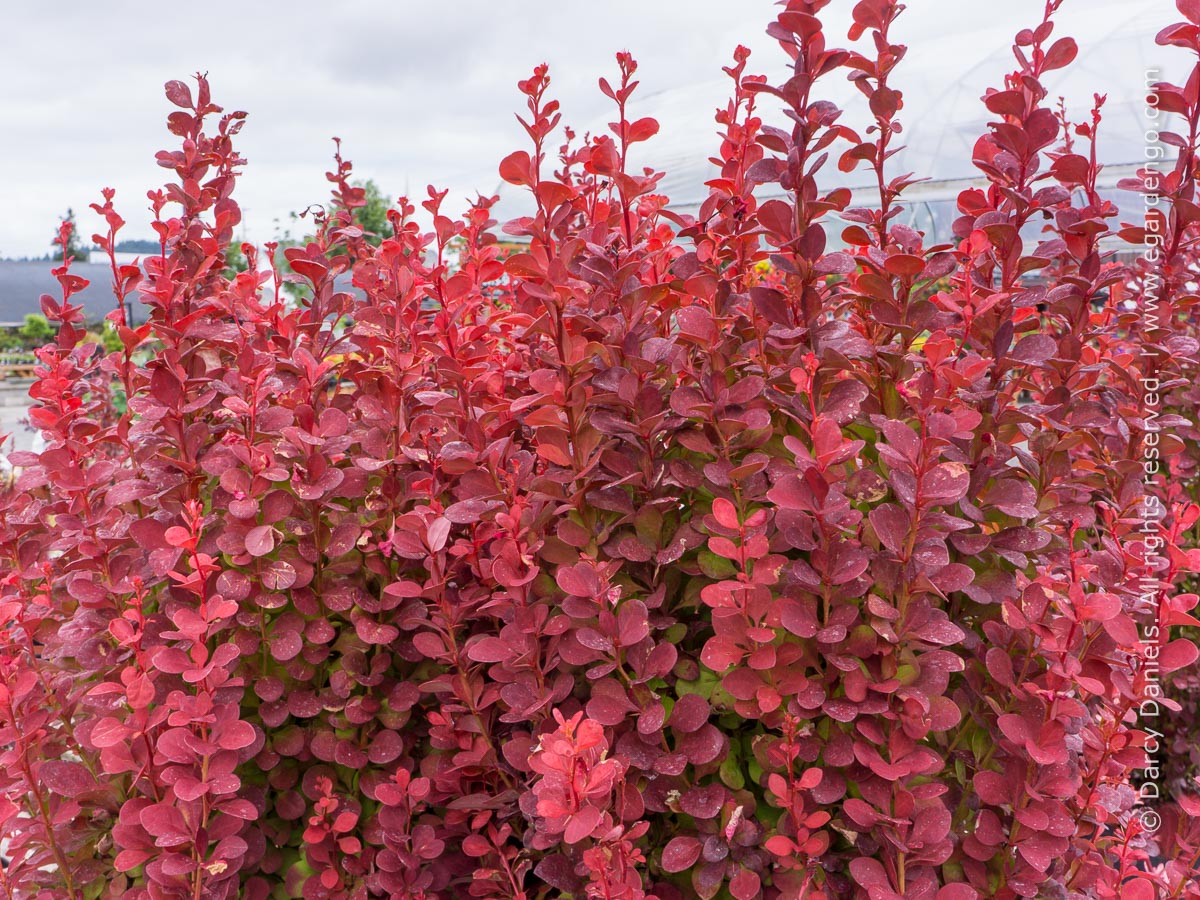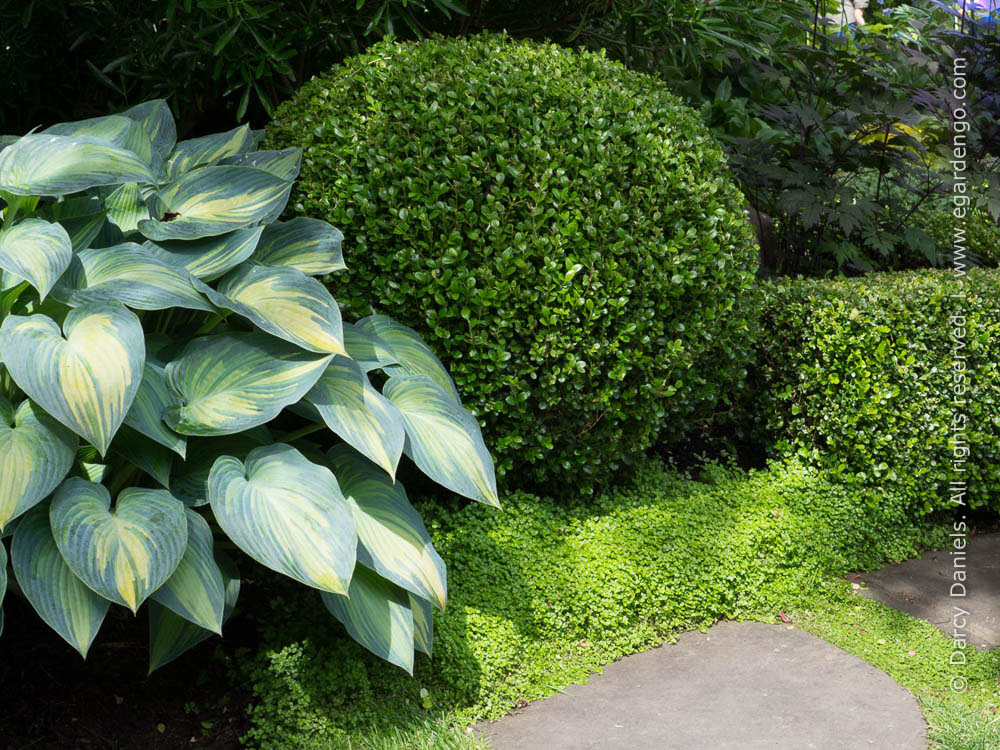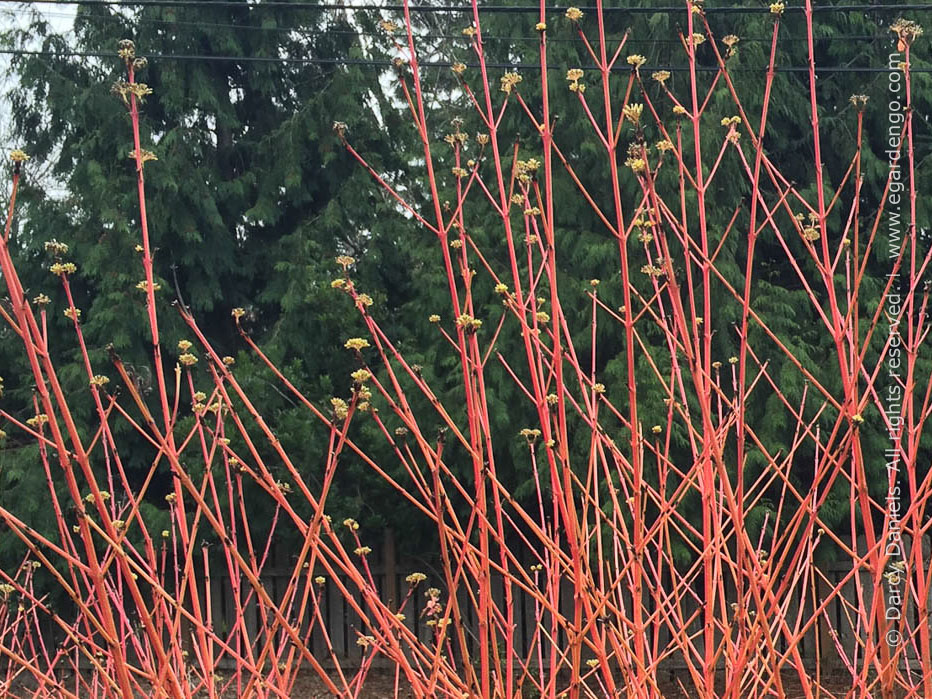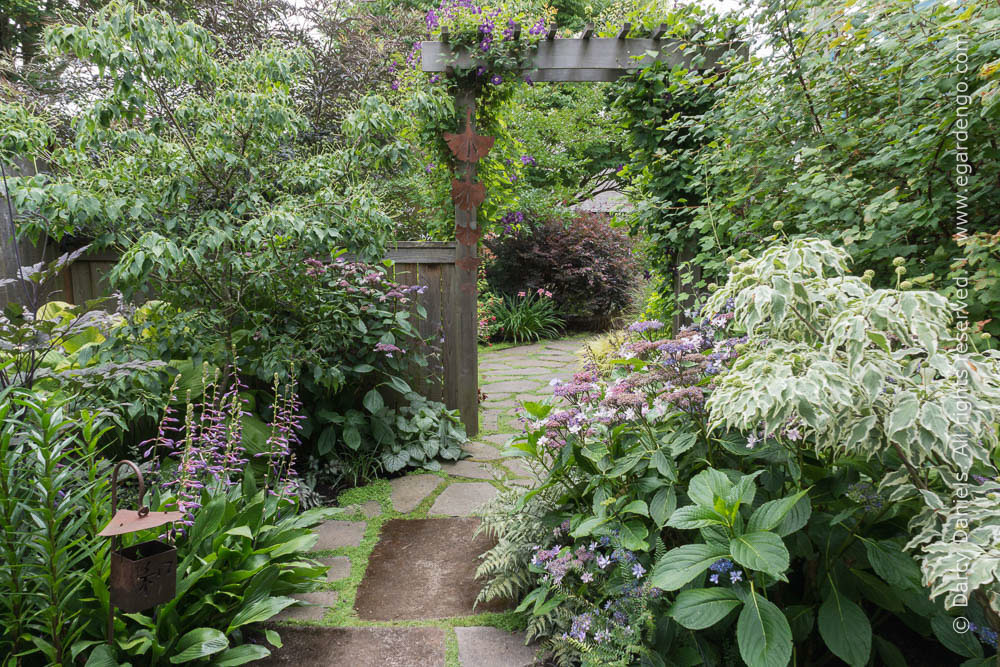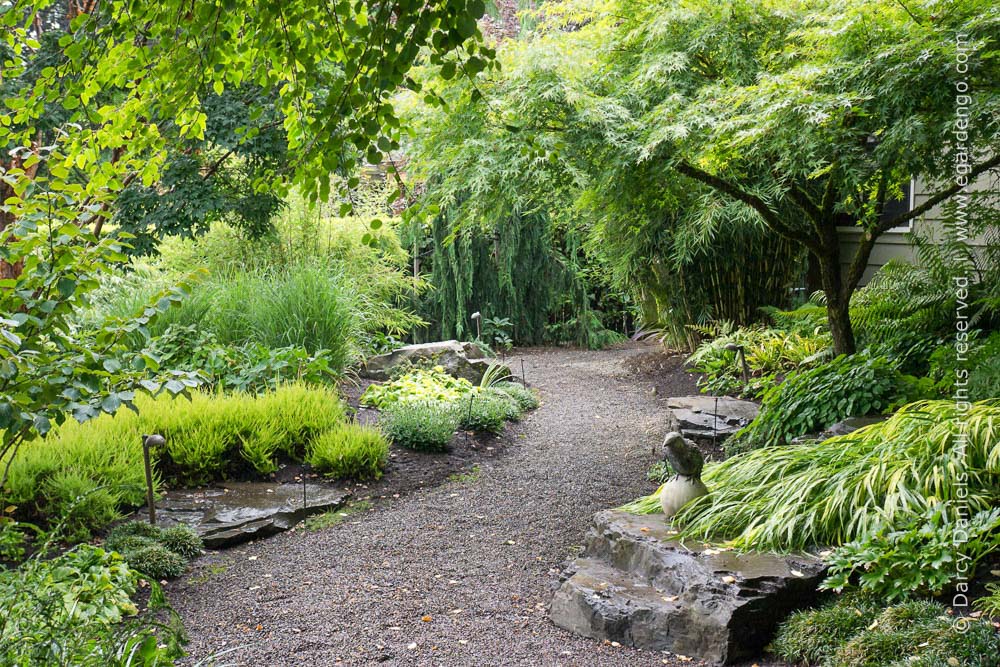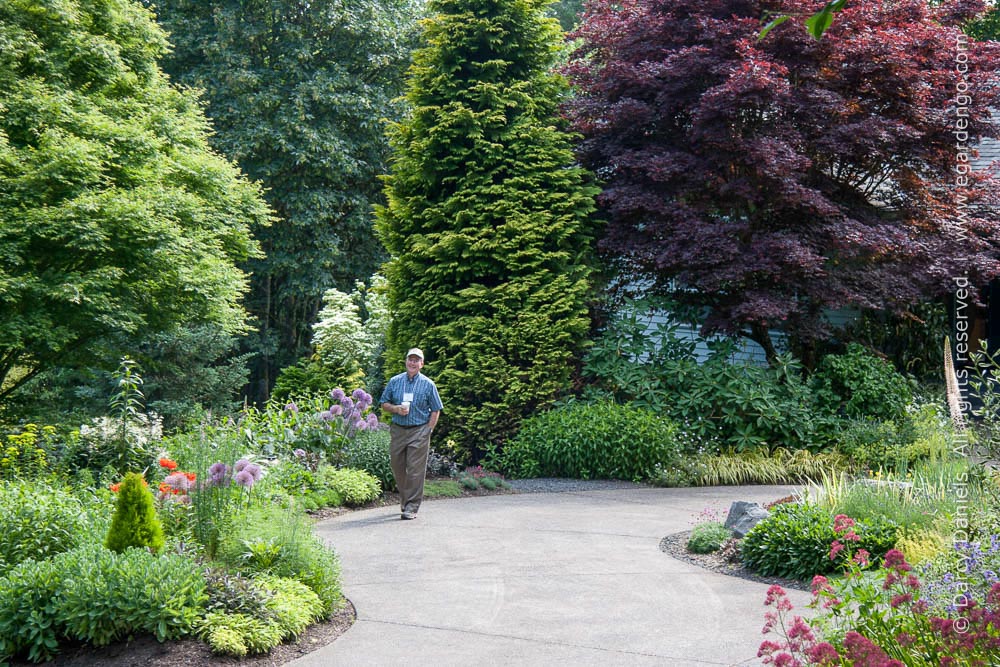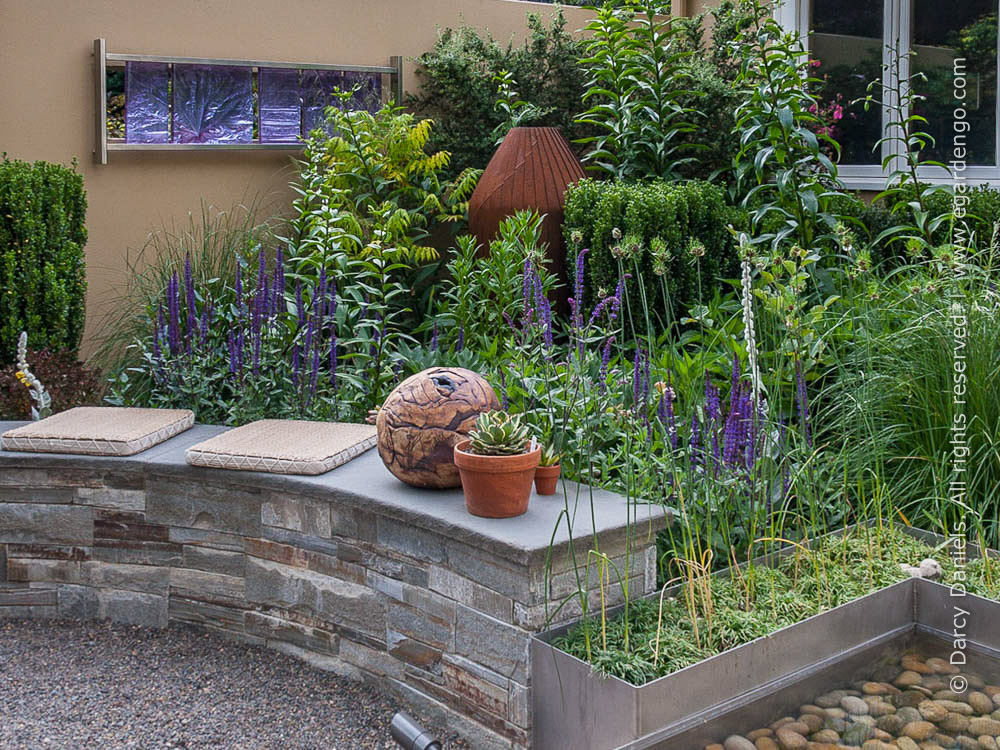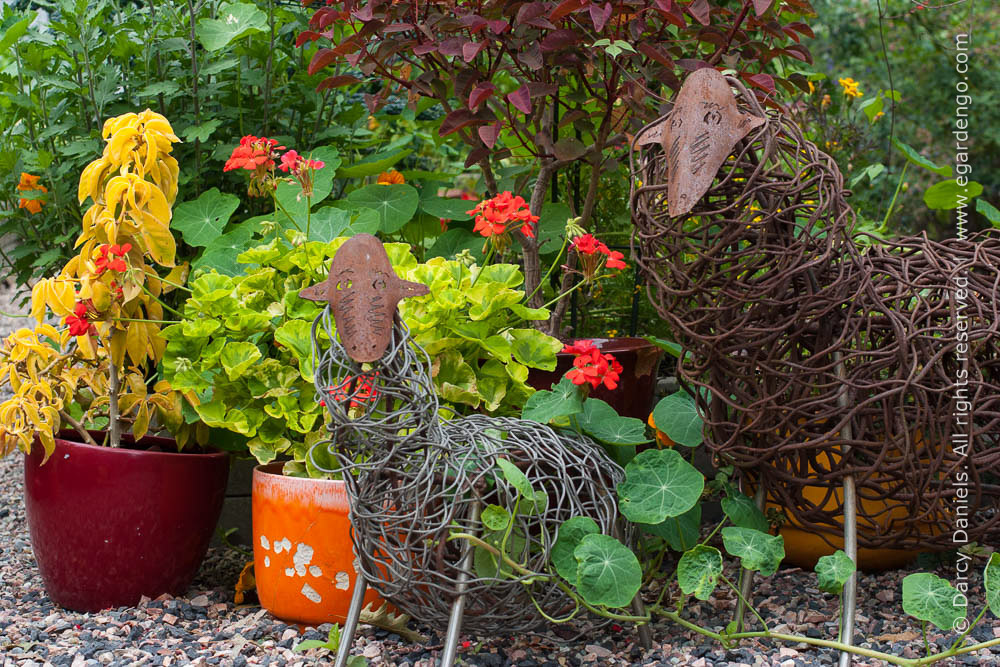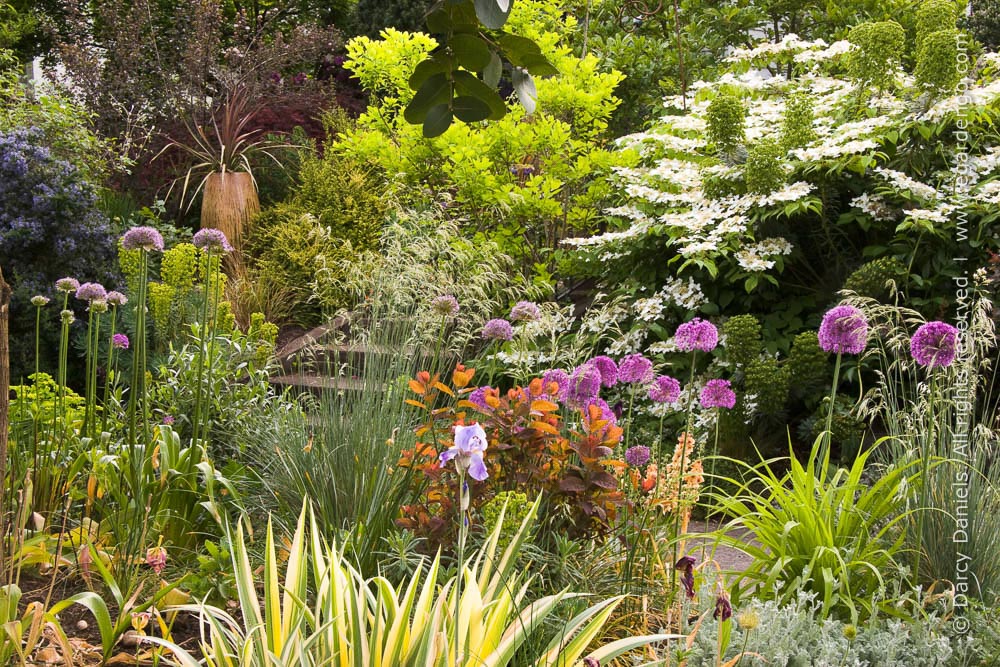Some gardens have that certain something that makes them memorable—an overall look and feel that resonates and sticks with you. Oftentimes, it’s difficult to put a finger on a particular reason they work, they just do. Their plants, however, are usually well-chosen, which means the gardeners of these special-something gardens used one or more of these tried-and-true design devices:
- Picking Plants Based on Their Shape and Texture
- Focusing on Foliage More Than Flowers
- Picking Plants That Get the Job Done
- Choosing Flowering Plants that Perform
- Approaching Their Garden with a Sense of Fun!
Choosing Plants Based on Form
When picking which plants to include in my combinations, the first thing I focus on is shape—the outline of the plant. In fact, I often start not by looking at specific plants, but by sketching a simple line drawing. As I put pen to paper, my goal is to create a balanced and satisfying composition. I suggest that you try to come up with a group of plants that has a pleasing variety in shape, size and texture.
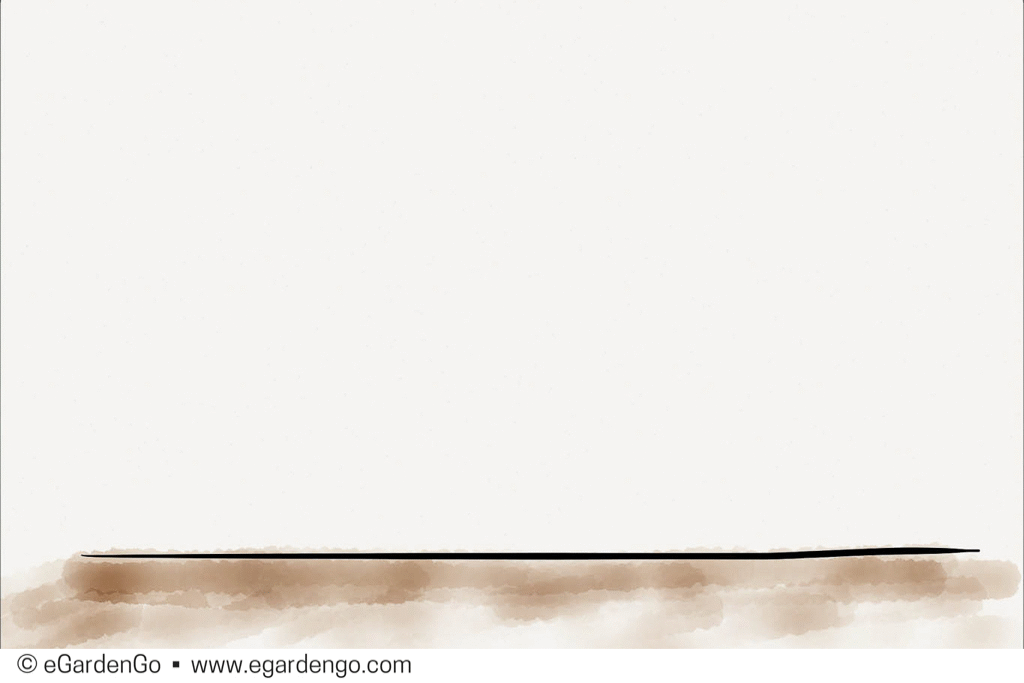
For example, the simple illustration (above) includes a rounded and columnar form and a clump of grassy texture, surrounded by a mat of ground-hugging foliage punctuated with simple blooms. This could be the starting point for many successful planting combinations. This "formula" could be completed in a myriad of ways, with a variety of different plants, selected to satisfy a range of growing conditions and garden settings.
Referring back to your sketches will help you narrow your plant search to the right plants. If you search for plants that resemble one of the plants in your sketch, you should come up with a list of possible plants. For example, if you search for a "narrow shrub with finely textured blue foliage" you'll find several options within the eGardenGo plant database.
Of course, it's important to make sure that you consider only those that are a match for your growing conditions. Once you narrow your options based on your growing zone and the specific growing conditions of your site, you can choose your favorite from the plant options presented. After that, continue your search for the others, one by one.
In truth, it can be a bit of a puzzle. So if you're just getting started with garden-making, start small and come up with two or three plants that look good together and then build from there. Over time, you'll get the hang of it. Your choices will get better and you'll feel more confident in your selections. At that point, you're on your way to creating a great garden!
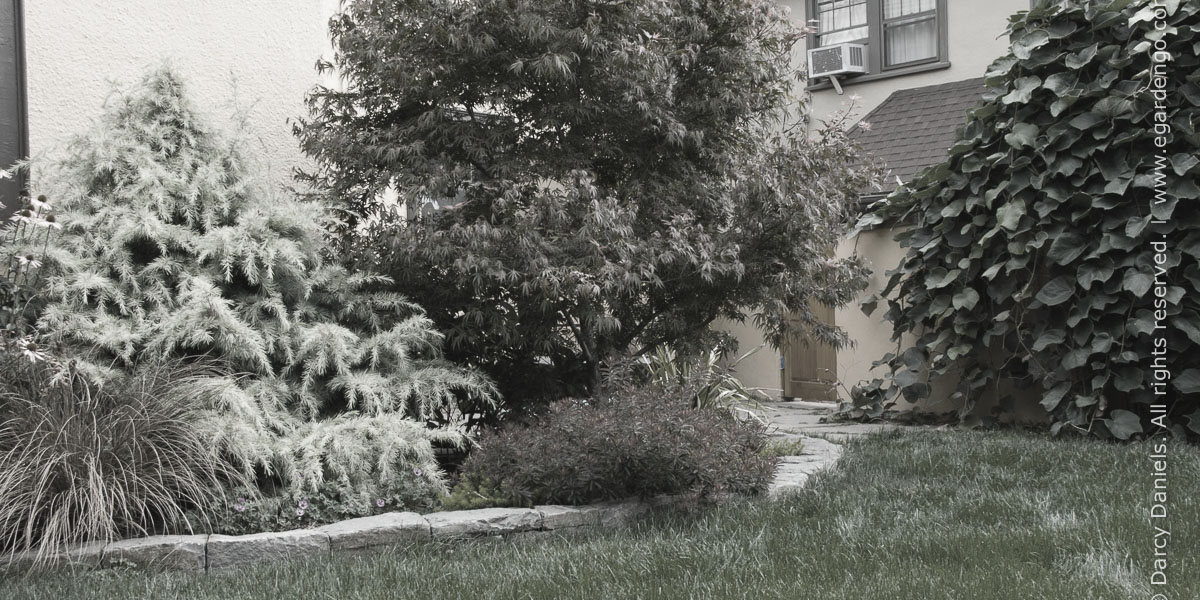
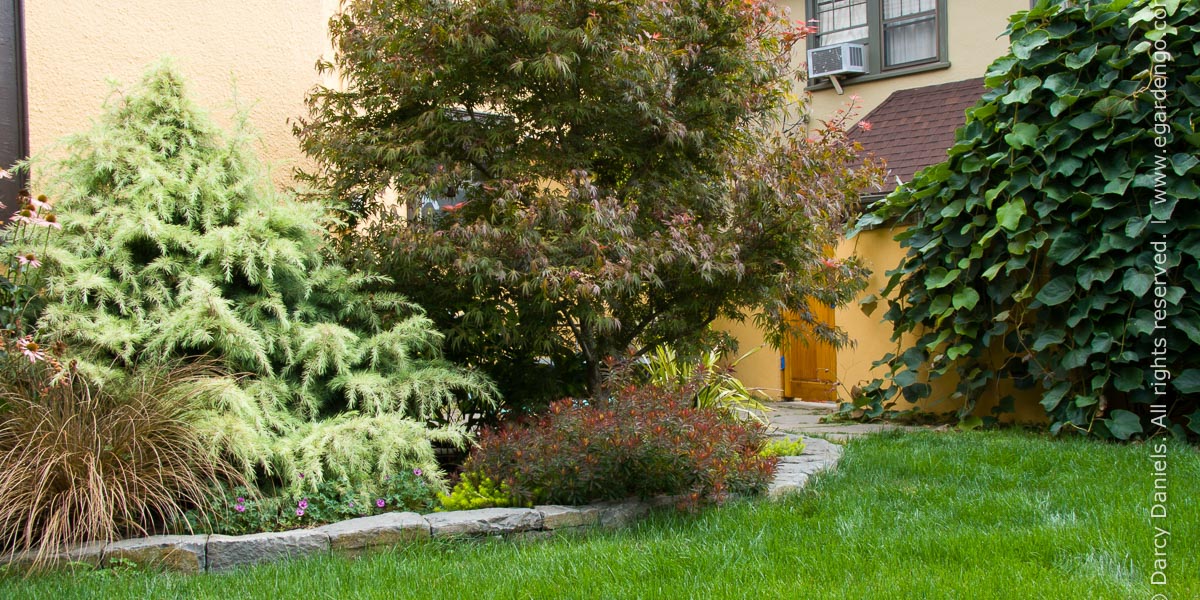
Another common way to analyze the quality of your composition is to view it as a black-and-white photo (above). If your scene holds up with the color is stripped away, you’re on the right track.
Focus on Foliage When Choosing Plants
Flowers, though delightful, are fleeting. By focusing on foliage first, you’ll have an easier time creating a garden with all-season appeal. Foliage may be selected for many attributes, such as: color; textural quality; size and shape; seasonal changes, such as colorful new growth or attractive fall color; or even the ability to add movement to the garden (think ornamental grasses).
Function - Git 'er Done
Oftentimes, we select plants to play a role or perform an important job. They can frame a view or block an eyesore; lead the eye or direct the garden visitor along a path; they can beg to be touched or say, “Stay out!” with prickly stems; they may cover the ground to control erosion; or create a canopy to cover the sky and provide enclosure. Sometimes the job at hand is the ability to survive in unique and difficult conditions: dry shade, baking sun, poor soil, standing water, or no water. Believe it or not, there are plants that will thrive in these conditions, though I’ll concede that sometimes the list of what will work gets pretty small, pretty fast!
Picking Plants for Flower Power
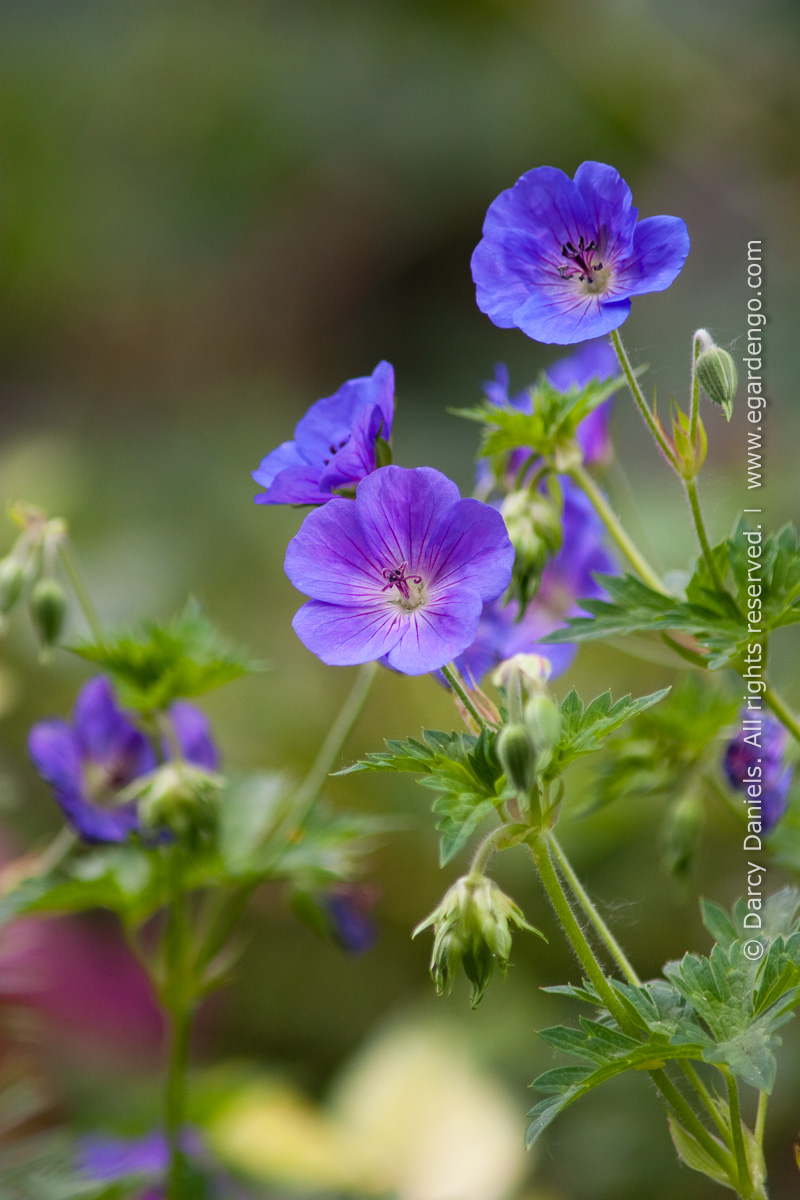
Yes, I focus on foliage first, but I’m not an ogre—I love flowers as much as the next gardener. But I’m happiest with the results when I’m picky about the flowers I choose to add the colorful seasonal flourishes to my planting combinations.
For the longest-lasting and most effective floral show, I suggest choosing the best of the genus. For example, if you’re going to grow a blue hardy geranium, Rozanne’s your gal—there’s not much point in bothering with that Johnson’s Blue character, as she’s just not in the same league.
I’m not big on fussy deadheading or staking, so I avoid plants that absolutely require that. Because she’s such a doer, I’m willing to do the periodic hard cut-back on Geranium ‘Rozanne’ after each round of bloom, because I know that she’ll reward me by belting out another chorus.
Plants that bloom in the quiet seasons always get a second look because they provide a lift of color when I crave it in late winter and early spring. I appreciate flowers that evolve and change over the season. For example, panicle hydrangeas emerge ivory, age to blush, and take on increasingly saturated tones as summer progresses. Or the soft yellow whorls of Phlomis fruticosa, if allowed to age in place, become quite decorative when dry.
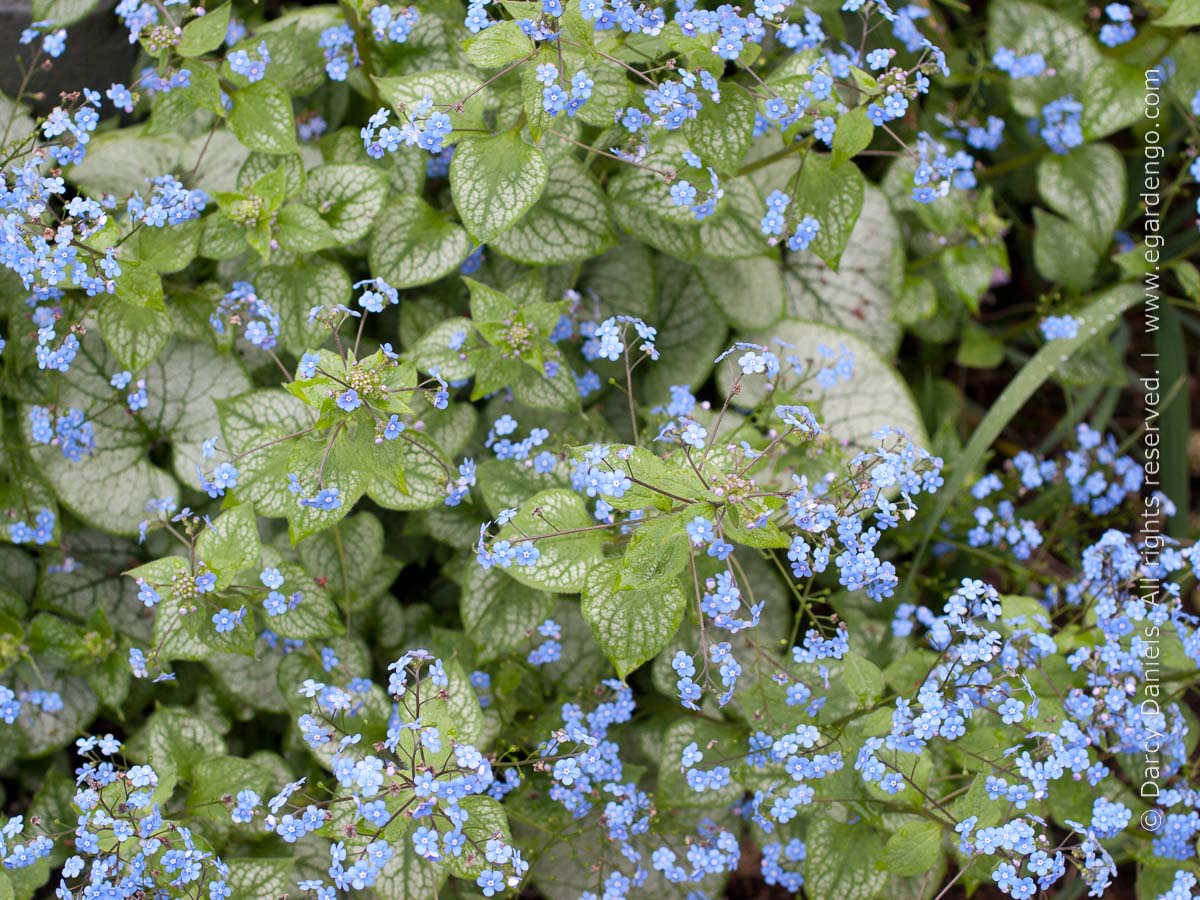
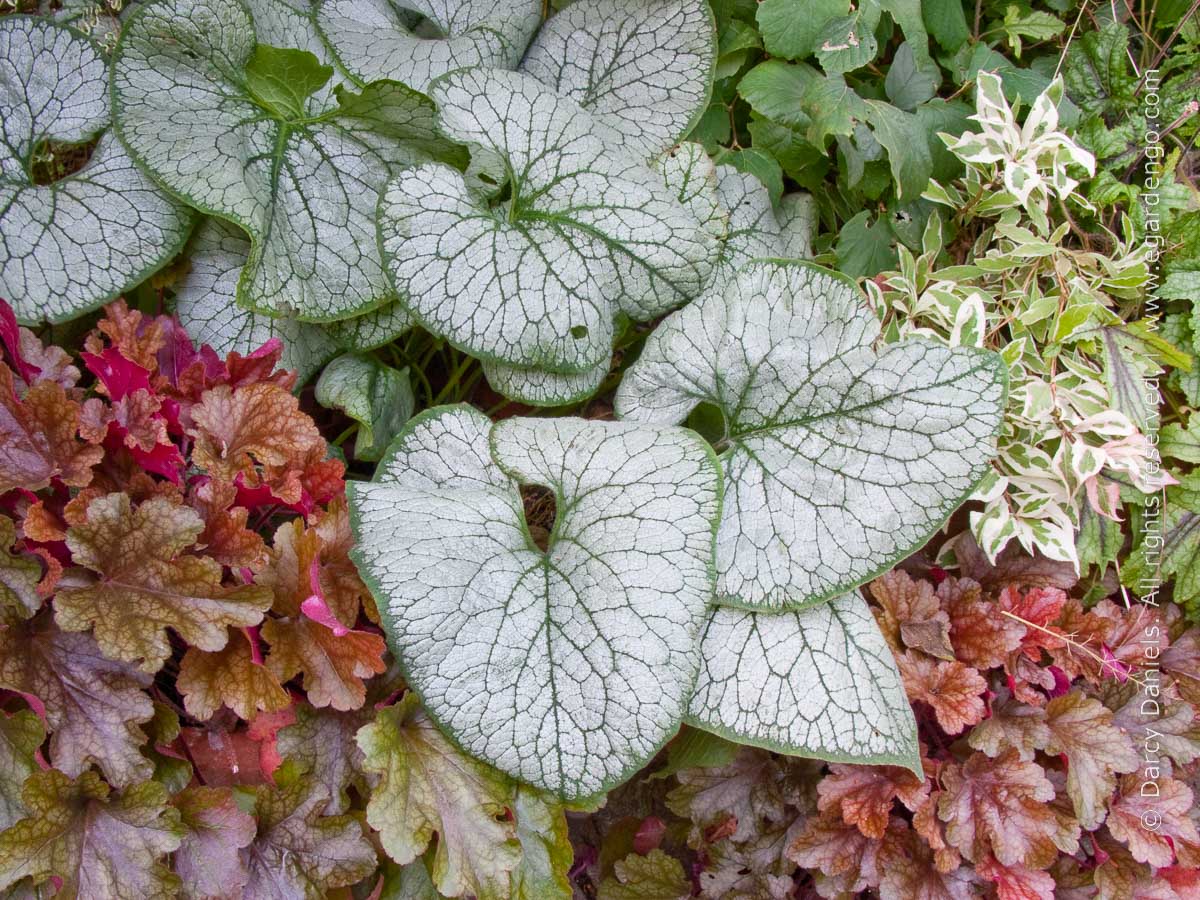
Some flowers, though I appreciate them when they bloom, are merely a bonus. They pale in comparison to the contribution of the plant's foliage. For example, I enjoy the blue froth of springtime blooms on Brunnera ‘Jack Frost’ (above). But the real reason I grow it is for its silvery-blue leaves that expand as the blooms fade, eventually becoming quite large. The light-colored foliage is perfect for brightening a shady area, from summer until killing frost.
Having Fun and Pushing Boundaries
Gardens that surprise, that introduce us to new plants or planting styles, or perhaps even challenge our assumptions about what works and what doesn’t— these gardens engage our brains as much as our hearts. Sometimes this is what’s behind that certain something. But pushing boundaries isn’t required. Because gardens are personal, each as unique as the gardeners who tend them. The only real standard of success is, does it make them happy and are they having fun? If you’re visiting a garden and you think the gardener would answer those questions with a resounding “Yes!, then you’ll probably remember their garden for a while.
Scenes from the wonderfully personal garden spaces of some Portland-area gardeners (below):
advertisement

